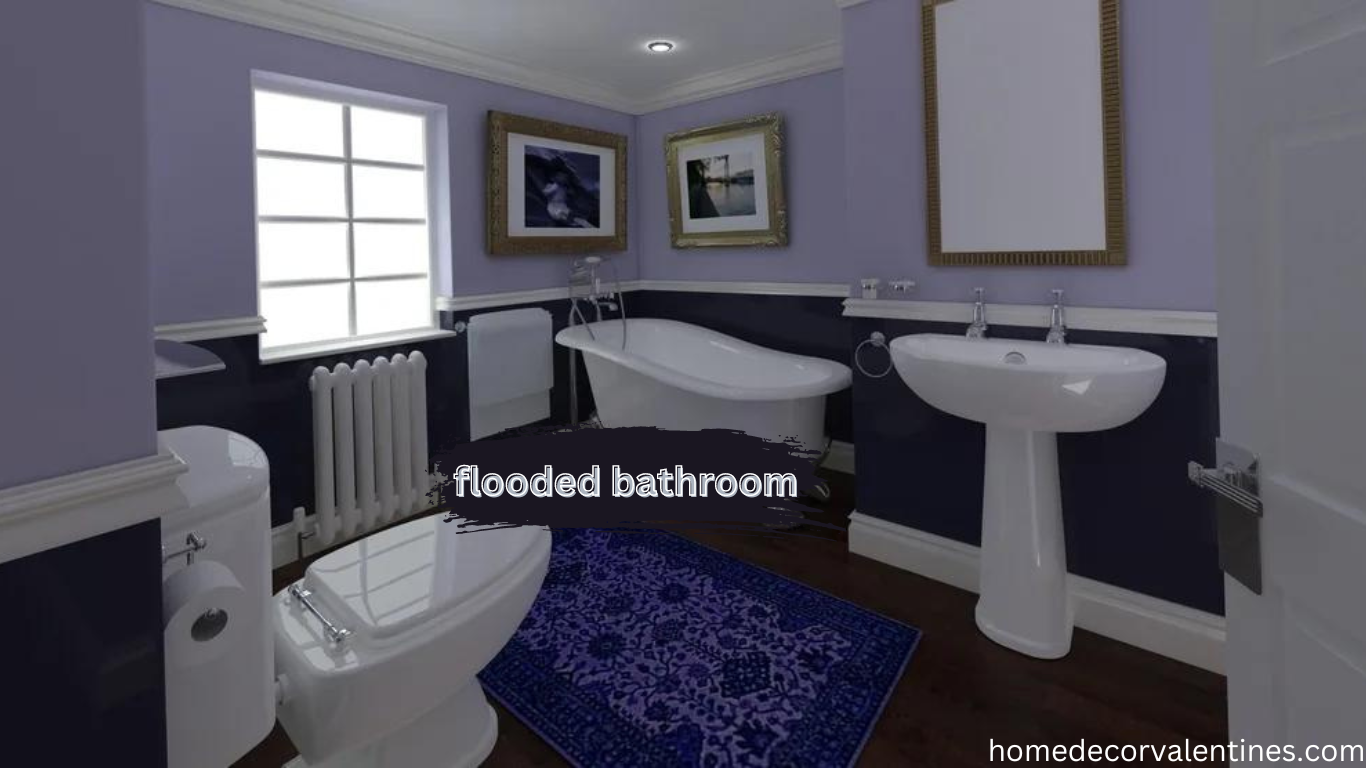Dealing with a Flooded Bathroom: Tips and Tricks
A flooded bathroom can turn a relaxing space into a stressful situation. Whether it’s due to a burst pipe, a malfunctioning appliance, or natural disasters like heavy rain, dealing with a flooded bathroom requires quick action and effective solutions.
Understanding the Causes of a Flooded Bathroom
Several factors can contribute to a flooded bathroom. Common reasons include leaking or burst pipes, clogged drains, malfunctioning toilets or faucets, and structural issues like poor waterproofing. Understanding these causes can help in preventing such incidents.
How to Prevent a Flooded Bathroom
Prevention is key to avoiding the hassles of a flooded bathroom. Regular maintenance of plumbing systems, timely repairs of leaks, installing flood sensors, and using drain guards can significantly reduce the risk of bathroom floods.
Steps to Take When Your Bathroom is Flooded
When your bathroom is flooded, it’s essential to act quickly and efficiently to minimize damage and ensure safety. Here are the steps you should take:
Turn off the Water Supply
Locate the main water shut-off valve for your bathroom and turn it off to stop the flow of water. This step is crucial in preventing further flooding.
Assess the Situation
Determine the source of the flooding. It could be a burst pipe, a malfunctioning appliance, a clogged drain, or external factors like heavy rain. Understanding the cause helps in addressing the issue effectively.
Ensure Safety
If the water level is high or if there are electrical appliances or outlets near the flooded area, prioritize safety. Avoid stepping into standing water if there’s a risk of electrical shock.
Remove Excess Water
Use towels, mops, or a wet/dry vacuum to remove as much water as possible from the affected area. Start from the lowest point and work your way up to prevent water from spreading further.
Check for Water Damage
Inspect walls, floors, and ceilings for signs of water damage such as discoloration, warping, or peeling paint. Document the damage with photographs or videos for insurance purposes.
Ventilate the Area
Open windows and doors to promote airflow and ventilation. This helps in drying out the space and reducing humidity, which can prevent mold growth.
Begin Drying Process
Use fans, dehumidifiers, or air movers to accelerate the drying process. Focus on areas that are prone to retaining moisture, such as carpets, drywall, and cabinets.
Disinfect and Clean
After the area is dry, disinfect all surfaces to prevent bacteria and mold growth. Use appropriate cleaning agents and follow manufacturer instructions.
Inspect for Structural Damage
If the flooding was severe or prolonged, check for structural damage such as weakened walls or flooring. Consult a professional if you suspect structural issues.
Address Plumbing or Appliance Issues
Once the immediate flood situation is under control, address the underlying cause of the flooding. Repair or replace damaged pipes, appliances, or fixtures as needed.
By following these steps promptly and thoroughly, you can effectively manage a flooded bathroom and mitigate potential damages.
Essential Tools and Supplies for Dealing with a Flooded Bathroom
Having the right tools and supplies can make handling a flooded bathroom more manageable. Items like a wet/dry vacuum, mops, buckets, towels, disinfectants, and protective gear should be readily available.
Tips for Cleaning Up After a Flood
After addressing the immediate concerns, focus on thorough cleaning and sanitization. Dispose of contaminated items safely, disinfect all surfaces, and ensure proper ventilation to prevent mold growth. Here are some tips for cleaning up after a flood in your bathroom:
Safety First
Before starting the cleanup process, ensure that the electricity is turned off in the affected area to avoid the risk of electrocution.
Remove Standing Water
Use a wet/dry vacuum, buckets, or mops to remove standing water from the bathroom. Start from the highest point and work your way down towards drains to facilitate water removal.
Dispose of Contaminated Items
Dispose of any items that have been contaminated by floodwater and cannot be salvaged, such as rugs, curtains, or cardboard boxes.
Clean and Disinfect Surfaces
Thoroughly clean and disinfect all surfaces that came into contact with floodwater, including floors, walls, countertops, and fixtures. Use a mixture of water and bleach or a commercial disinfectant.
Ventilate the Area
Open windows and use fans or dehumidifiers to promote airflow and speed up the drying process. Proper ventilation helps prevent mold and mildew growth.
Dry Out Cabinets and Drawers
Remove drawers and open cabinet doors to allow air circulation and ensure that the interiors of cabinets and drawers are thoroughly dried to prevent mold growth.
Calling in Professional Help
While some bathroom floods can be handled independently, others may require professional intervention. If the damage is extensive, if there are safety concerns like electrical issues, or if you’re unsure about handling the situation, it’s best to call in certified water damage restoration experts.
Conclusion
A flooded bathroom is a disruptive and potentially hazardous situation that requires prompt and effective action. By understanding the causes, taking preventive measures, knowing how to respond when a flood occurs, and being prepared with the right tools and knowledge, you can minimize the impact of a bathroom flood.
Share this content:














Post Comment